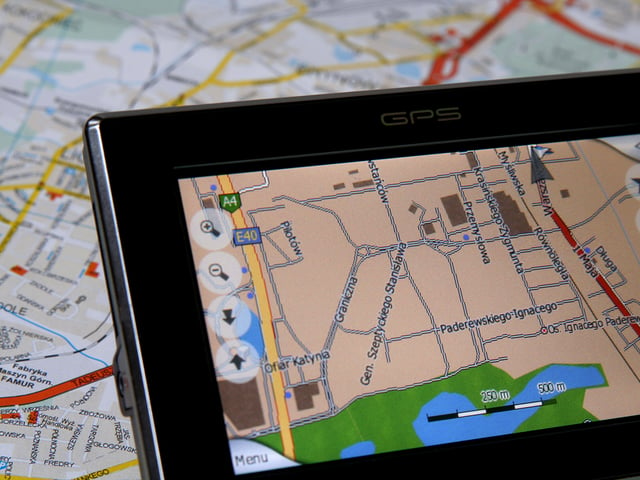
CDL Trip Plan: How to Prepare for the Journey
The Five “P”s
Poor Planning Produces Poor Performance.
Map
Get a proper truck map. A GPS (or an app on your phone) will help—but a GPS will not replace having a proper truck map. A truck map will list forbidden routes, information about the bridge laws, maximum weights for axles, etc.
Do you know about that section of interstate in Denver where you can’t take a big truck? How long can a truck be to legally cross the Golden Gate Bridge? How about the top of Hoover Dam? That information is in the back of the truck map.
Notes:
Information on truck maps and other things you need can be found in the blog:
Information on picking a route can be found in the blog:
Planning
Before you even start the engine:
- Spend 10 minutes looking at the map (at least).
- Plan your route.
- Write your route down in your notebook, so you can follow it as you drive.
- Check the back of your truck map for prohibited routes.
- Calculate how long it will take to get there (details below).
- Pick where you are going to park at night.
- Jot down this information in your notebook.
How Long Will It Take To Get There?
Your dispatcher will want to know when you will arrive at the consignee’s. You need to know how long it will take.
You calculate arrival date/time twice:
-
You calculate everything for 5 miles per hour less than the governor on your tractor. This finds the fast arrival date/time.
-
You calculate everything for 15 miles per hour less than the governor on your tractor. This finds the slow arrival date/time.
Plan on driving 10 hours per day.
Departure day is traveled at the slower speed.
You will actually arrive sometime between the fast date/time and the slow date/time.
Sounds complicated? It’s not.
Step By Step
For example, let’s say you drive a company tractor that is limited to 65 miles per hour (which is common). You have 2,300 miles to drive. It is noon on Friday. You have 4 hours left on your log book for today.
65 (governor speed) minus 5 is 60 per hour
or 600 miles per day
(600 miles per day is the fast speed.)
65 (governor speed) minus 15 is 50 per hour
or 500 miles per day
(500 miles per day is the slow speed.)
The first day you have 4 hours time at 50 miles per hour. That means 200 miles the first (partial) day. You park Friday night, with 2,100 miles to go.
2,100 / 600 is 3.5 days (arrive Tuesday at noon)
2,100 / 500 is 4.2 days (arrive Wednesday mid-morning)
Write these times and days in your notebook and think about them, before committing to a dispatcher on arrival time.
These are planning numbers. You will drive as fast as you can safely and legally go. But, armed with these two, dates and times, you can get a much better feel for how long things will take.
Fifteen miles per hour less than governor speed sounds slow, but, the first day will be filled with all sorts of miscellaneous tasks (e.g., weighing the truck, fueling up, getting back to the interstate, trip planning, etc.)
Note: With experience, you will get a feel for how long it takes to get places. And you will learn to account for differences in highways. For example:
- You will drive across Nebraska faster than you will drive across Illinois.
- Texas has higher speed limits than California.
- Extra time is needed for driving in strange cities.
- Travel time is affected by heavy traffic, which can be affected by time of day.
Time
Your appointment times at the shipper and consignee will be in local time. However—your log book (and all other paperwork) will be in the timezone of your home terminal. I keep my wristwatch on my home terminal time. I put the appointment times (local time) into my notebook, I then translate that time into my “terminal time” and write terminal time next to the local time and draw a circle around it. When I talk to the shipper/consignee, I use the number written down. But, for absolutely every other use, I use the time on my watch and the time that is circled.
Note: I keep the clock on the dashboard radio on Pacific Time, so I don’t wake my friends when I call them.
Summary
-
Use your GPS, but don’t depend on it.
-
Trip planning is never easy. Not doing trip planning is worse.
Keep Reading

Commercial Driver's License Test Blog
How Many Questions are on the CDL Permit Test?
Embarking on a career in commercial truck driving begins with a crucial…

Commercial Driver's License Test Blog
What are the Three Tests for the CDL Permit?
If you’re looking to embark on a career in truck driving, obtaining a C…

Commercial Driver's License Test Blog
How Much Does It Cost to Get a CDL?
The trucking industry dominates freight shipping. Trucks handle over 70…